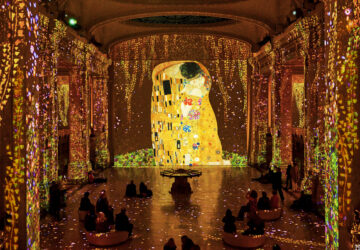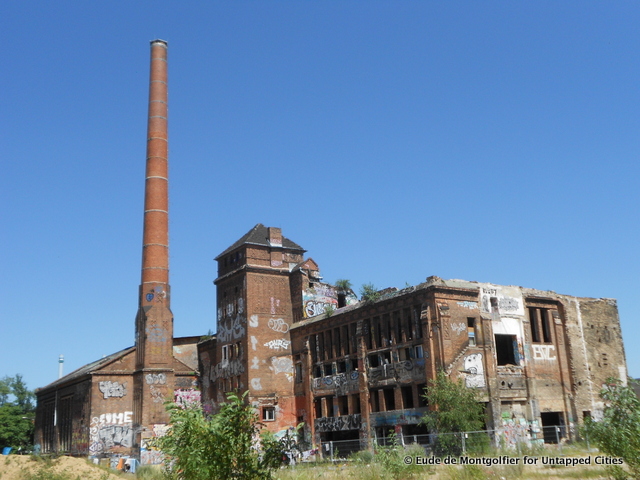
Even though Berlin’s Eisfabrik (Ice Factory) has National Heritage status, it’s already in the process of being demolished. Some of the surrounding cold stores have already been demolished in January 2011. Regular commuters between Kreuzberg and Mitte, or frequenters of Berlin’s Sage Club, Tresor or KaterHolzig clubs have witnessed the decline of these abandoned buildings for years. According to the Irish Berliner, the ice factory is “one of Germany’s oldest, which managed to survive two world wars, several fires and countless parties but is about to meet its fate at the hands of developers to make way for luxury apartments.”
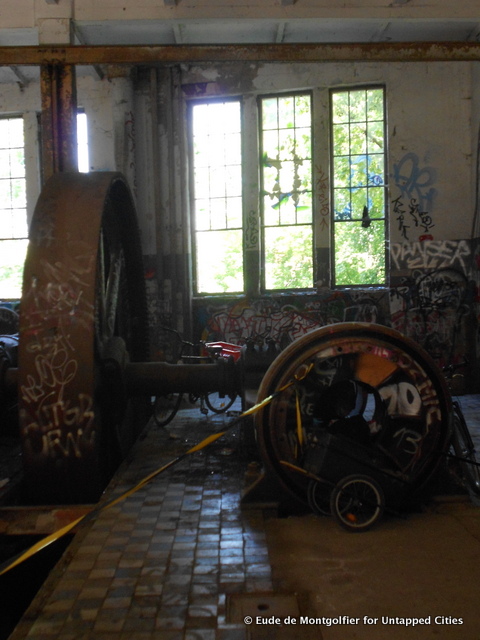
Its future has been ardently fought between two diverging point of views. One side, defended by some political parties and figures, want to give the building a rebirth and fight for refurbishment. The other, sustained by the trust which owns the building, fiercely lobbies for its destruction. Situated along the Spree River, the Eisfabrik is seen as one part of a future that will be dictated by investors. In fact, the trust who owns Eisfabrik is a member of the very controversial and lucrative Mediaspree project. Thus, in spite of fierce opposition, the legal destruction of Eisfabrik was decided upon in November 2010.
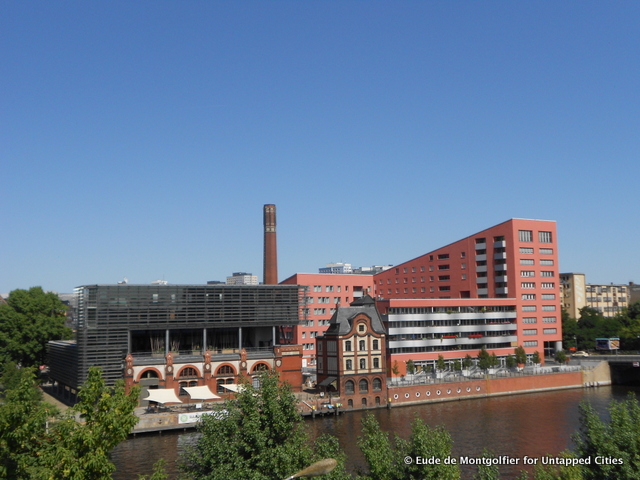
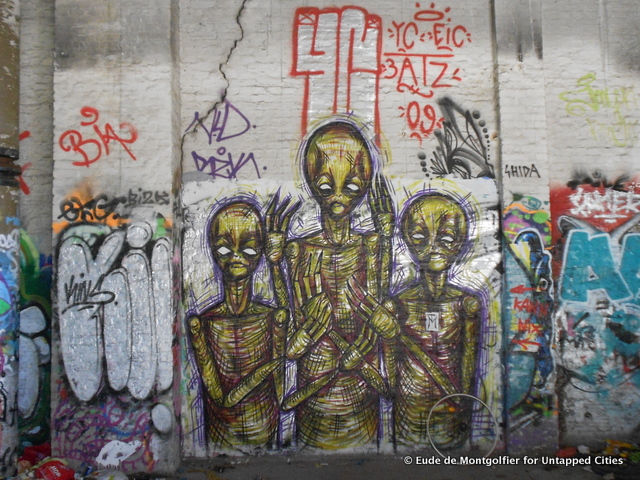
From 1896 on, artificial ice was produced at Eisfabrik and the factory became more essential as the city rapidly grew at the turn of the century. There was no ice freezer to stock the ice, which was directly supplied in cubes of variable size to breweries, bars, houses, fruit retailers, and more. The main building was designed in a proper neoclassical style, with temple-like gables, forming numerous decorative elements made of dark-red bricks. The building more or less survived bombings and service restarted as the East-German VEB Kühlbetrieb. Operations even took up again after the Reunification before being definitely shut down in 1995. Activity then stopped and the property abandoned. A separate building with residences will not be demolished but converted into apartments.
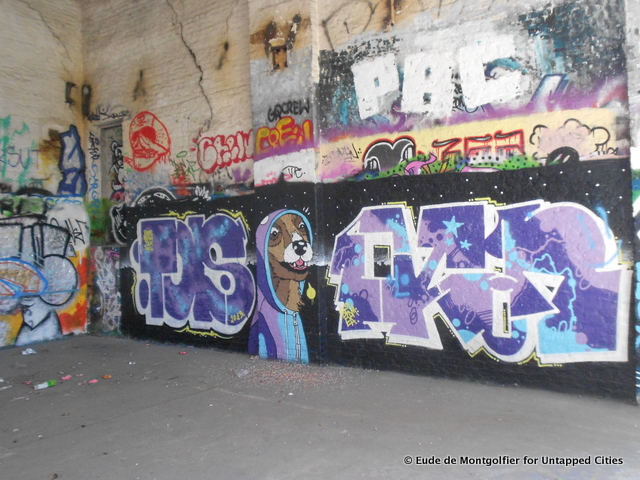
Despite appearances, the ice fabric is not isolated in its environment. Eisfabrik has attracted a wide range of visitors, both a paradise for street artists and a place to take in the terrific view over Berlin and the Spree River from the complex’s rooftop. Homeless and gypsy populations have also elected the place as a temporary home.
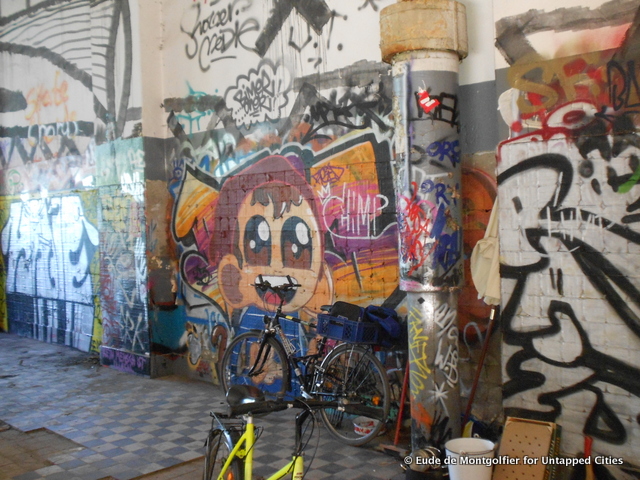
Nearby, the impressive number of factories, power stations, supermarkets, moving companies and other unused plots that edge the sidewalks of the street will surely draw your attention. Eisfabrik was indeed located in an industrial zone, divided by the Wall which formerly used to run through the area.
The area is a mosaic of landscapes that are so typical of Berlin. A mix between insalubrious facades dating from Prussian ages, ugly GDR housing projects, the legendary clubs that have settled in often deserted grounds, precisely because of their proximity to the Wall, and even a squat that have made the street’s name famous with the well-known slogan: “Köpi bleibt” (in other words “Köpi stays”). Though the neighborhood is oft-frequented and trendy nowadays, not all of its its turbulent history has vanished.
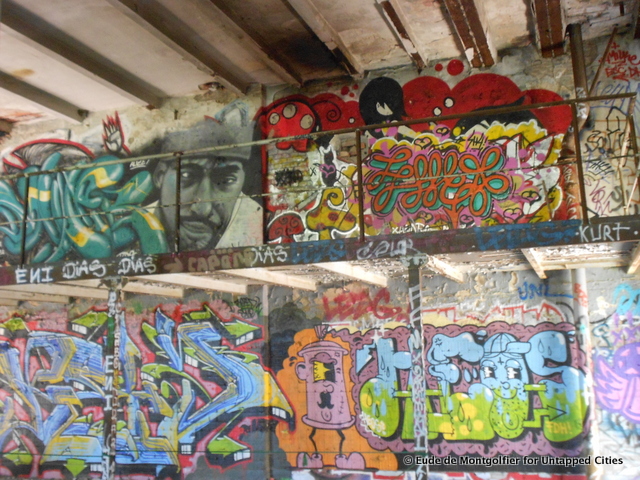
More than a mere insignificant squat, the Eisfabrik is a masterpiece of industrial architecture that deserves attention and refurbishment. Its future rises a good handful of worrying questions namely regarding how the very sensitive issues in Germany of past, history, heritage and memory are dealt with in this country and especially in Berlin.



